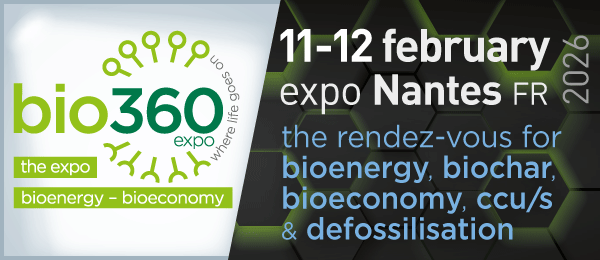In Tennessee, a team led by Pratul Agarwal of the Department of Energy’s Oak Ridge National Laboratory have discovered that light of specific wavelengths can be used to boost an enzyme’s function by as much as 30 fold, potentially establishing a path to less expensive biofuels, detergents and a host of other products.
The researchers introduced a light-activated molecular switch across two regions of the enzyme Candida antarctica lipase B, or CALB – which breaks down fat molecules — identified through modeling performed on DOE’s Jaguar supercomputer.
“Using this approach, our preliminary work with CALB suggested that such a technique of introducing a compound that undergoes a light-inducible conformational change onto the surface of the protein could be used to manipulate enzyme reaction,” Agarwal said. The team’s “Engineering a Hyper-catalytic Enzyme by Photoactivated Conformation Modulation,” is available here.
Source
BiofuelsDigest, 2012-04-18.
Supplier
ORNL Oak Ridge National Laboratory
Share
Renewable Carbon News – Daily Newsletter
Subscribe to our daily email newsletter – the world's leading newsletter on renewable materials and chemicals













